Inside: Discover simple and effective kid’s room organization tips to create a clutter-free, functional, and inviting space for your little ones.
A well-organized room can enhance your child’s daily life by fostering a calm and enjoyable space. Adapting to their surroundings is essential as children grow and their interests change. This guide shares practical tips for Kid’s Room Organization, including decluttering, creating dedicated zones, and utilizing vertical space. By transforming your child’s room into a functional and tidy environment, you instill a sense of responsibility and pride in maintaining their space.
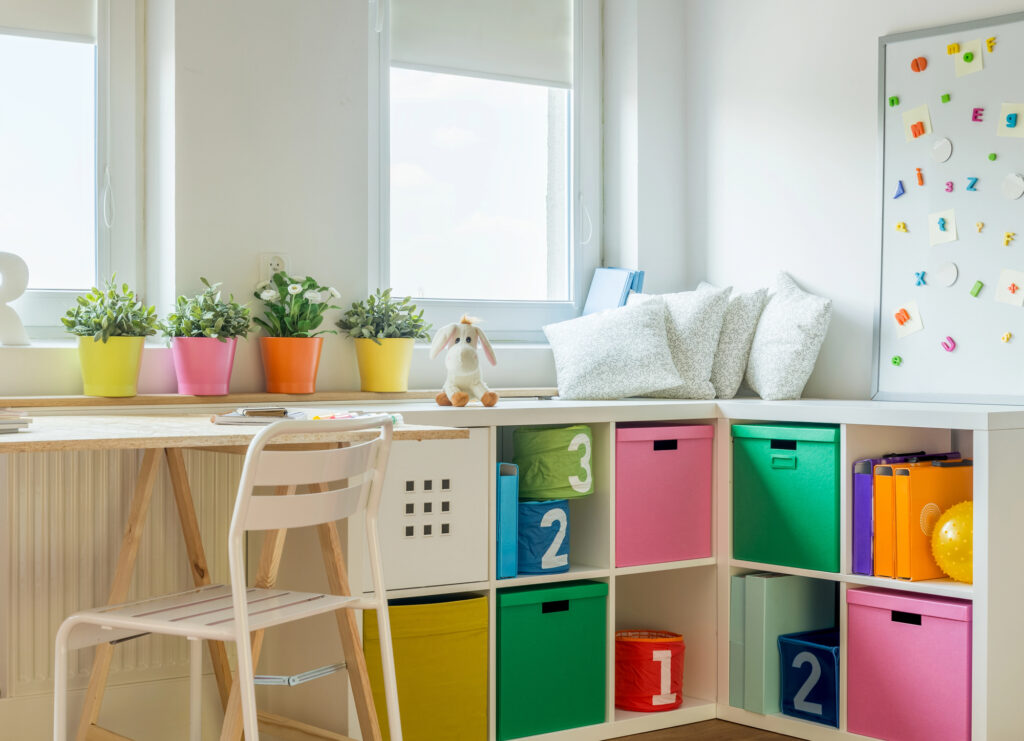
Table of contents
1. Declutter Regularly
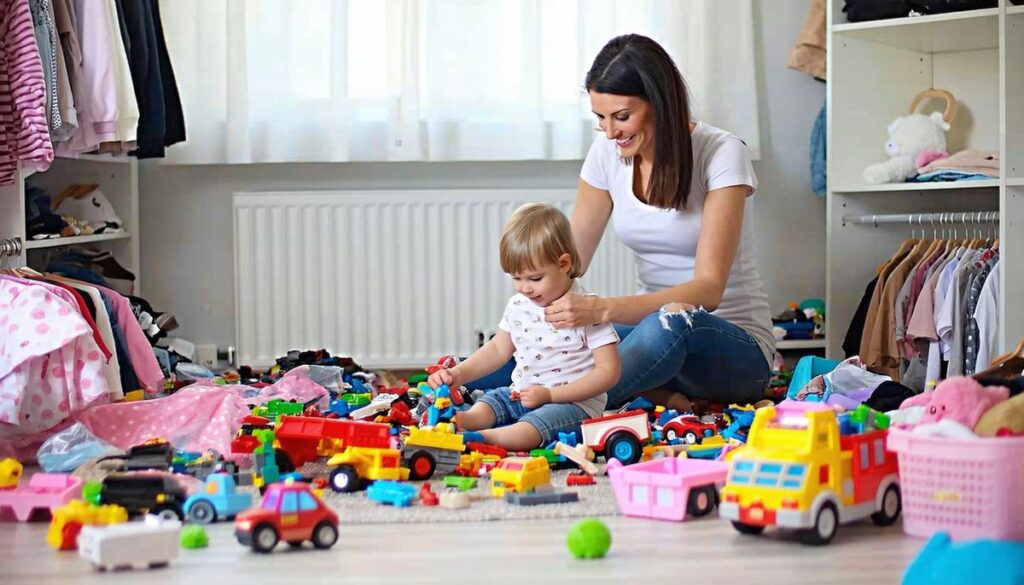
Regular decluttering keeps a child’s room orderly and enjoyable. As kids grow, their interests and sizes change, leading to outgrown toys and clothes quickly piling up. Set aside a few times a year for a decluttering session to stay on top of the mess. Focus on removing items that are no longer useful or loved. Involve kids in the process, fostering responsibility for their belongings. A tidy room is more restful and functional, where kids can easily find and use their favourite things. Keeping it systematic ensures the clutter doesn’t sneak back in, making the process less overwhelming each time.
2. Create Dedicated Zones
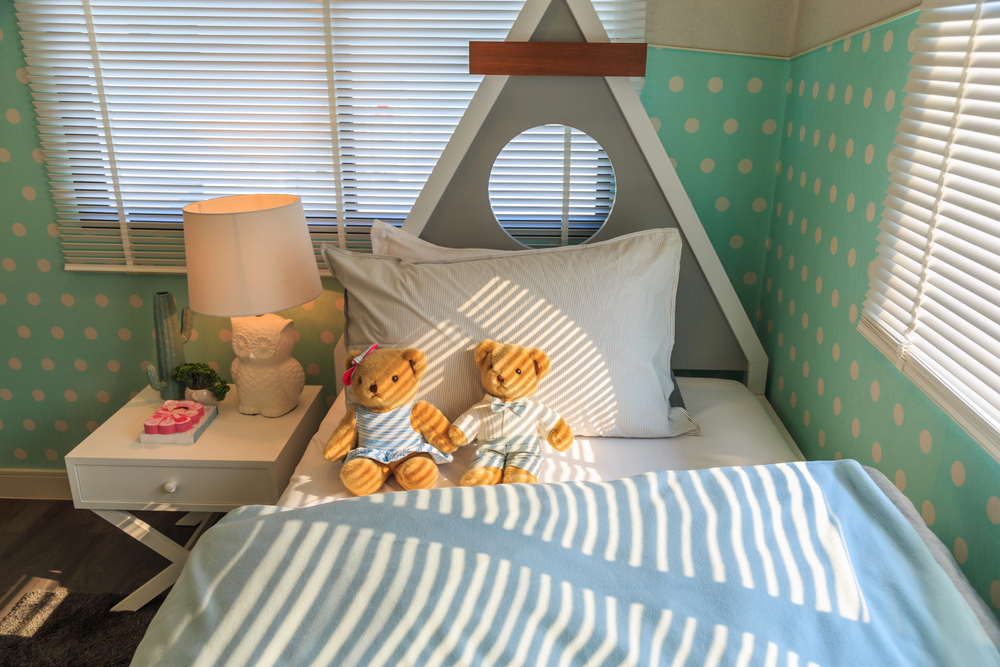
Divide the room into dedicated zones to streamline the organization and help your child keep things tidy. Create a sleeping area, study corner, and play space. This approach clarifies where everything belongs and encourages positive habits.
- Add bedside essentials within reach for the sleeping zone, like a nightstand with drawers for pyjamas or bedtime books.
- Set up a small desk or table in the study area with school supplies and craft materials. Keep this zone clutter-free and well-lit to encourage focus.
- In the play zone, use open bins or low shelves for toys, making it easy for kids to access and put away their favourites.
Velcro-backed wall pockets or colorful hooks can add fun vertical storage for dress-up clothes or sports gear without using floor space.
This strategy makes cleaning up easier and teaches the benefits of organization. As your child grows, these zones can evolve to suit changing needs and interests.
3.Utilize Vertical Space
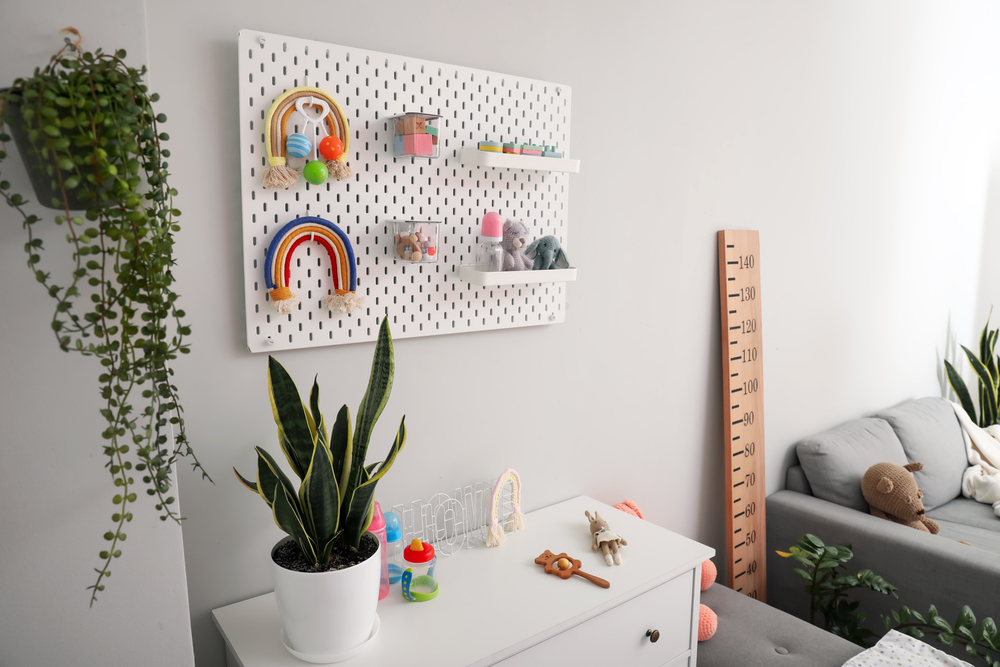
When floor space is limited, using vertical space can be a game-changer in organizing a child’s room. Wall shelves or pegboards are excellent options for storing and displaying books, toys, and craft supplies. These solutions add a stylish touch and make finding and returning their belongings easier for kids.
Arrange wall shelves with colorful bins or baskets to hold smaller items like Lego pieces or action figures. Display books facing outwards to encourage reading. Pegboards offer a customizable approach, allowing hooks and shelves to be rearranged as needs change. They’re handy for craft supplies, such as hanging scissors, paintbrushes, and drawstring bags of materials, freeing up desk space while keeping everything accessible.
Exploring vertical storage helps maintain order and raises the room’s aesthetic appeal. Kids enjoy a more organized space that’s easy to navigate and neat.
4.Incorporate Open Bins and Baskets
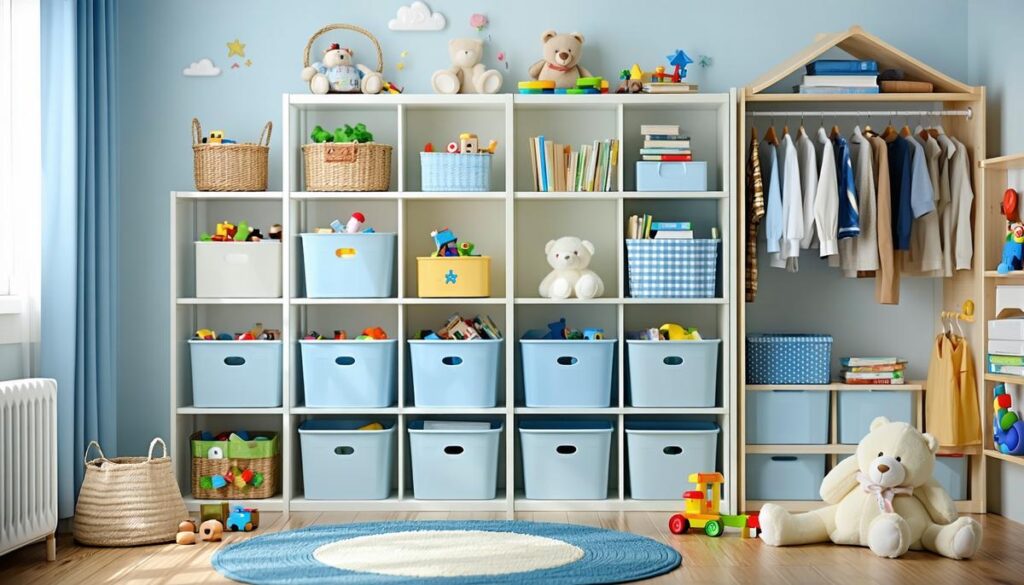
Open bins and baskets are simple yet effective ways to keep things tidy without much effort. Their open design means there’s no need to fumble with lids or, ideally, stack items—your child can toss in everything from toys to clothes with minimal fuss, making clean-up times faster and more fun.
Place these bins in strategic locations, like:
- At the foot of the bed for quickly shuffling in scattered socks or bedtime comfort toys
- In the play zone, designate a corner for toy-filled baskets
Opt for see-through baskets or mesh panels to help kids spot their favorite items.
You can color-code bins for different items or involve your child by allowing them to decorate their baskets with custom labels or drawings. This approach not only streamlines the organization process but also instills in your child the idea that their space is theirs to manage and enjoy
5.Make Use of Under-The-Bed Storage
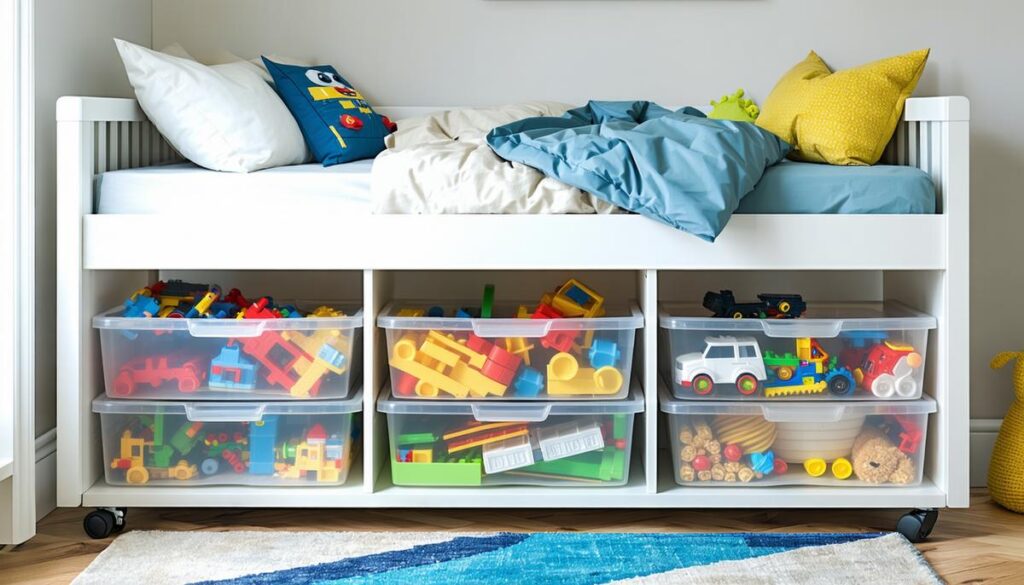
The space beneath your child’s bed can be an indispensable storage solution for keeping less frequently used items out of sight. Choose sturdy, low-profile storage bins or drawers that can easily slide in and out. Clear plastic bins with lids keep items dust-free while still being visible, and storage drawers with wheels offer seamless access without heavy lifting.
This under-bed space is perfect for stashing:
- Bulkier items like board games or larger puzzles
- Seasonal clothing
- Extra bedding
For better organization, create segments with dividers inside your bins. Repurpose an old suitcase as a secret stash for craft supplies or cherished memorabilia for a fun touch.
Using under-the-bed storage maximizes space and keeps the room looking neat and uncluttered. It teaches your child that organization can be strategic and straightforward while leaving room for occasional surprises when rediscovering forgotten treasures.
6.Install Double Clothing Rails
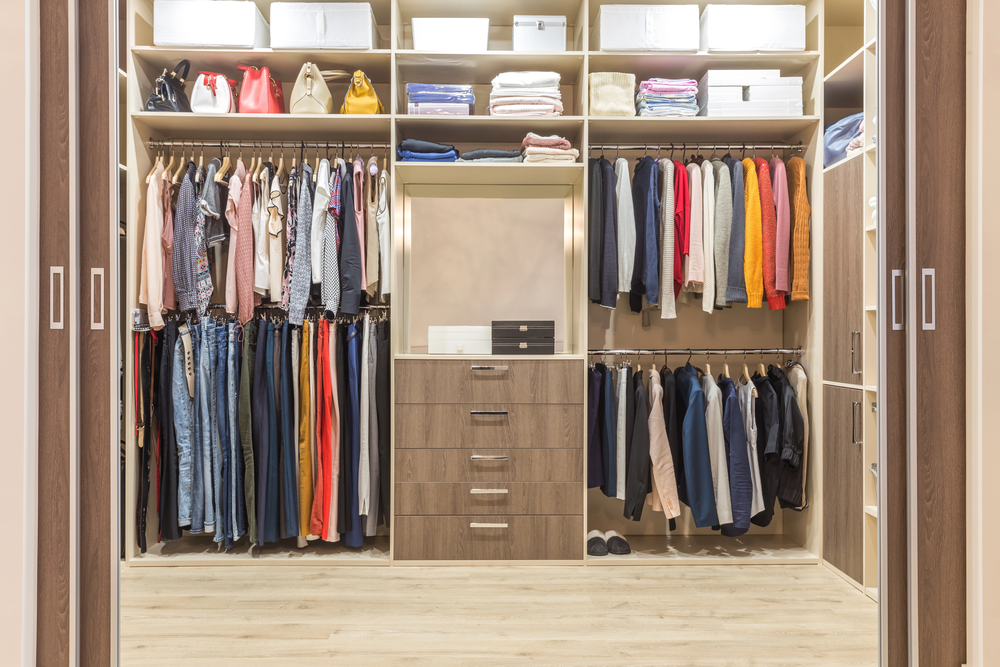
Adding a second clothing rail in your child’s closet can transform a tiny space into a functional wardrobe. This trick maximizes storage and keeps everything neat and within reach, making daily dressing easier. Whether your child shares their room or has an extensive wardrobe, double rails put everything at their fingertips.
Select a sturdy but adjustable rail system that can grow with your child’s changing needs. Position the second rail at a child-friendly height so your child can independently select their outfits. Consider organizing clothes by type or day of the week to streamline outfit planning. The bottom rail is ideal for frequently used items. In contrast, the top rail can be reserved for seasonal or special occasion attire.
By doubling up, you create additional space for other closet necessities, such as shoes arranged beneath or bins for accessories above. This thoughtful organization optimizes closet function and encourages a tidy, efficient space where choosing what to wear becomes part of the day’s adventure.
7.Involve Your Kids in Organizing
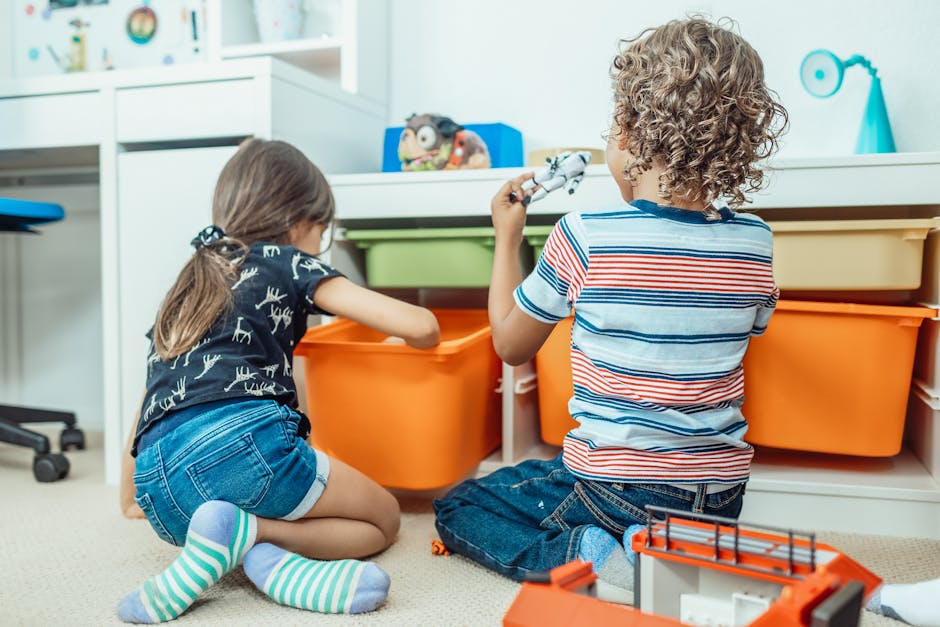
Involving your children in the organization process helps them develop a sense of ownership, accountability, and pride in their surroundings. To make it more enjoyable, keep the process light-hearted and playful.
Here are some ways to engage your kids:
- Frame the organization session as a fun adventure or game
- Set challenges like “”beat the clock”” for putting away toys
- Sort stuffed animals by size or color
- Let them choose baskets or containers to express their personality
Organize in short, focused bursts to maintain enthusiasm and prevent burnout. Celebrate small victories along the way. Equip your child with functional and cheerful organizing tools, such as colorful bins, funky labels, or personalized storage boxes.
Remind them that organizing isn’t about perfection but making their room comfortable and enjoyable. With guidance and encouragement, your child can grow to appreciate the value of keeping an orderly space and discover the joy and relaxation a tidy room can offer.
8.Label Storage with Pictures
Adding picture labels to storage bins and shelves can be especially helpful for children who are not yet proficient in reading. Pair images with words to empower your little ones to find and return items to their proper places.
Get your children involved in creating these labels for extra fun. Let them:
- Draw their own pictures
- Cut images out from magazines
- Help choose images printed from an online search
This personal contribution can lead to pride in their tidy space.
Attach labels using Velcro or magnets for easy swapping as their collection evolves. This system’s adaptability ensures it grows alongside their changing interests and needs.
This child-centred approach to the organization keeps the room tidy and teaches valuable skills in organizing and categorizing. It nurtures a tidy mindset in your young ones while making the process enjoyable and engaging.
9.Rotate Toys and Books
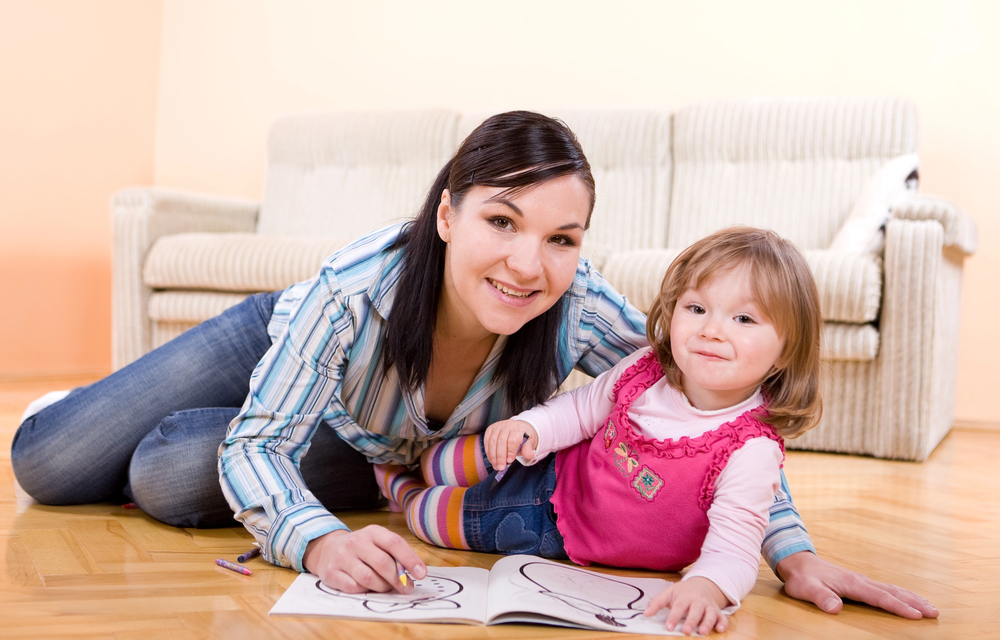
Rotating toys and books is an effective strategy for maintaining an organized and engaging kids ‘ room. This approach minimizes clutter and keeps your child’s environment stimulating. Periodically swapping out items creates a sense of novelty and prevents overwhelm by too many choices.
To implement this system:
- Categorize toys and books into different groups based on themes or types.
- Every few weeks, switch the current group with another set.
- Store items not in use in a dedicated space, like a high closet shelf or under-the-bed storage box.
- Involve your child, allowing them to express which toys or books they’re eager to revisit.
This practice keeps things fresh and encourages creativity by allowing your child to explore their toys and books’ full potential without the distractions of too many options. It also subtly teaches the value of appreciating what they already have.
Adopting a rotation system reduces visible clutter and creates an exciting environment for your child to explore, learn, and grow. Each rotation brings a new wave of fun and discovery.
10.Add Storage Furniture
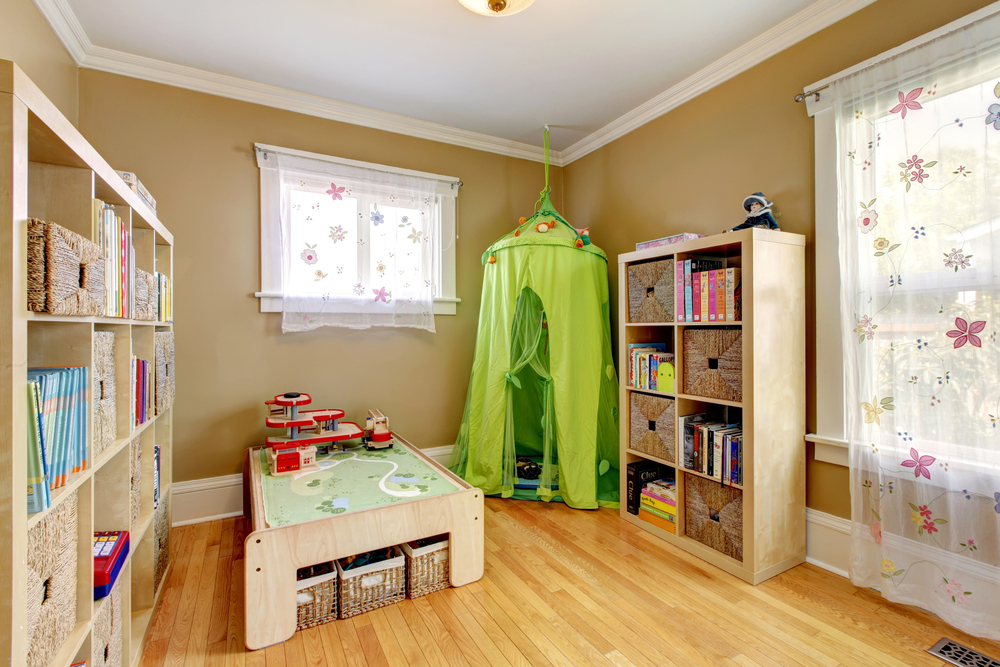
Storage furniture in your child’s room provides ample space for their belongings while maintaining order and calm. Here are some practical options:
- Multifunctional bench: Place under a window or at the foot of the bed for seating and storage. Use bins or baskets underneath for toys or extra blankets.
- Bookshelf with storage: Choose one with lower compartments for baskets or bins to store books, craft supplies, or toys. Use upper shelves to display favorite items or artwork.
- Storage ottoman: Doubles as seating or a footrest while concealing toys and games.
When selecting storage furniture, consider pieces that coordinate with the room’s decor for a harmonious atmosphere. These versatile choices maximize available space and teach the importance of organization and care for belongings.
Storage furniture adapts to your child’s evolving needs, supporting growth, fostering creativity, and maintaining a structured yet playful environment. With the right pieces, you can organize a room and craft a space where imagination can flourish.
In conclusion, organizing a child’s room enhances their environment and promotes responsibility. Regular decluttering, dedicated zones, vertical storage, open bins, under-the-bed solutions, and double clothing rails simplify tidying up and adapt as children grow. These strategies create a neat space that fosters pride in belongings and supports daily activities, contributing to a child’s overall well-being and creativity.

Leave a Reply